Bolen High
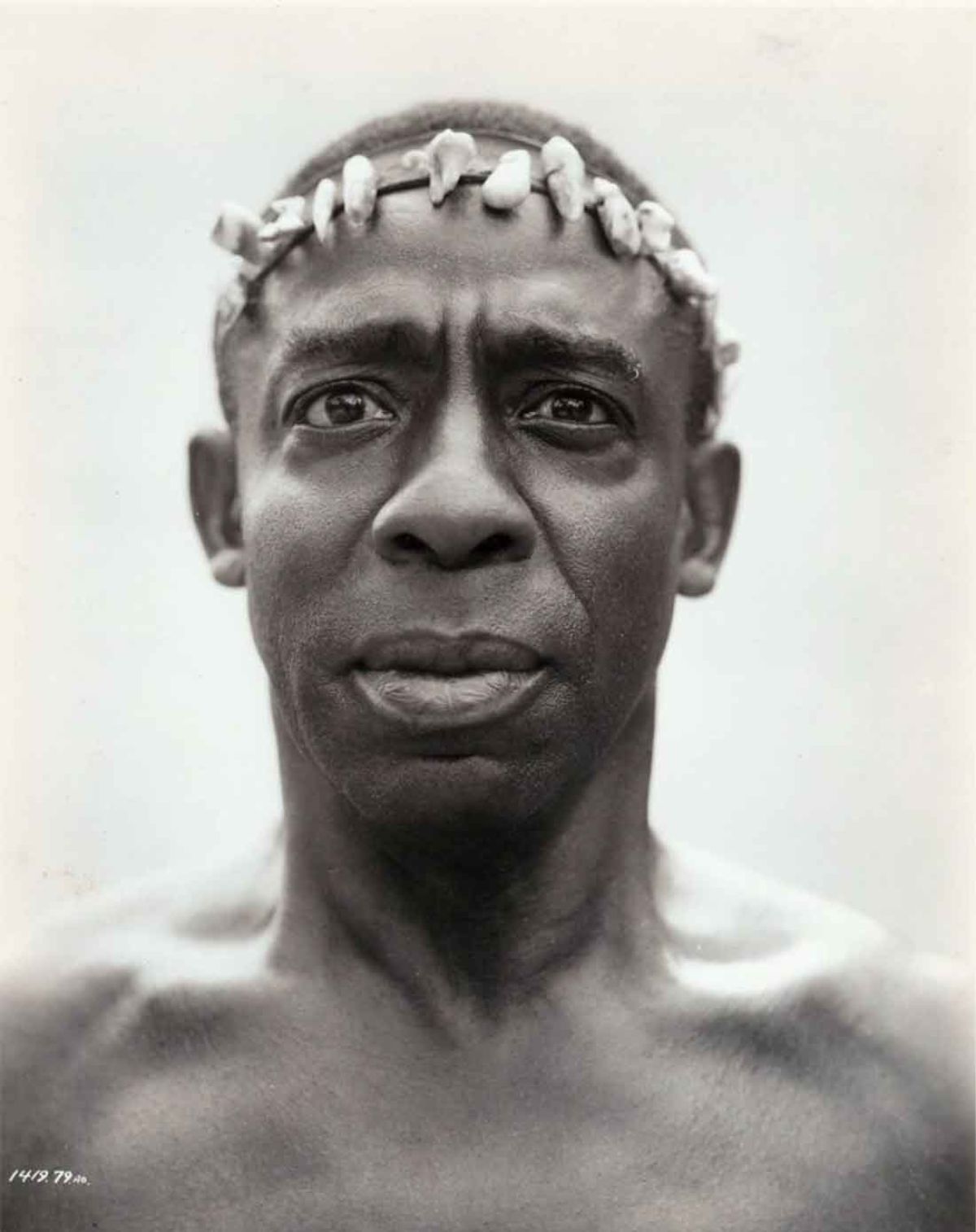
Clarence Muse – America’s First Black Movie Star
| African American Movie Memorabilia, African Americana, Black History, Featured, Film & Movie Star Photographs, Movie Memorabilia, Movie Posters
Clarence Muse (October 14, 1889 – October 13, 1979) was an African American actor, screenwriter, director, singer, and composer. He was the first African American to appear in a starring role in a film, 1929’s Hearts in Dixie. He acted for 50 years and appeared in more than 150…
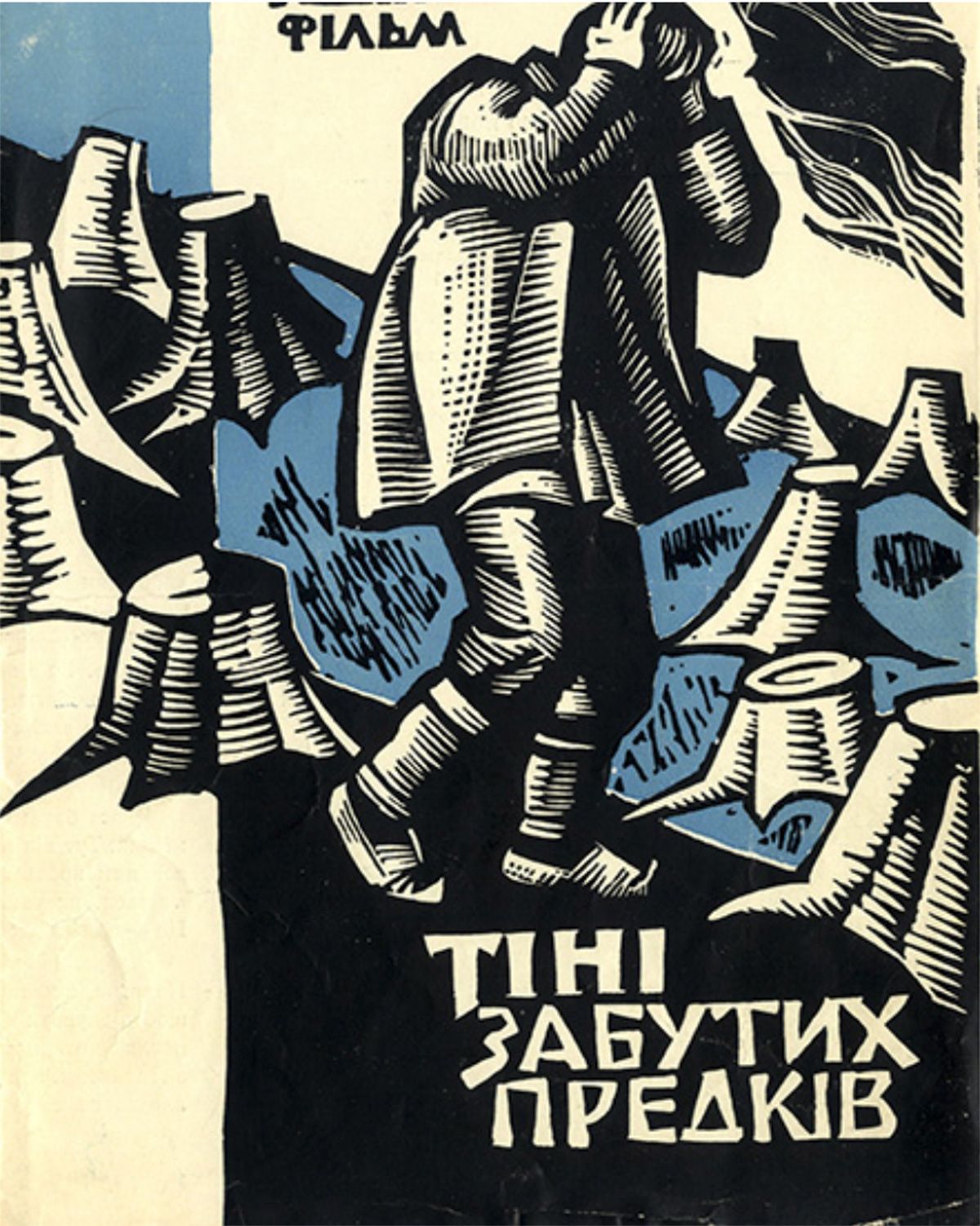
Sergei Parajanov – Visionary Ukrainian Film Director
As the war in Ukraine surges on and Russia does its best to subjugate or, if that doesn’t work, wipe out the Ukrainians and their culture, it’s worth noting that the Soviet Union did it’s best to do something similar to Sergei Parajanov in the 1960s – 1980s.
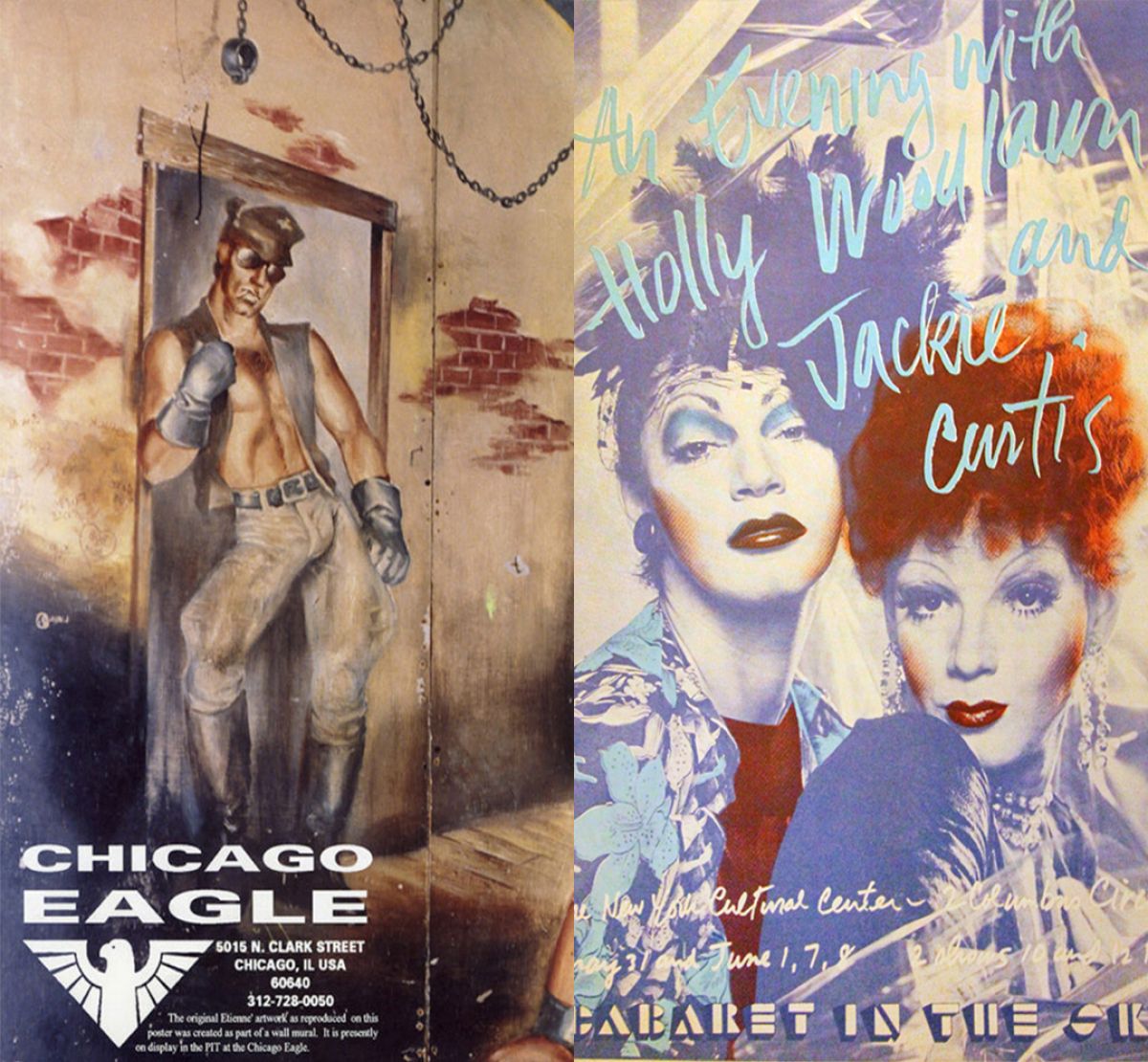
From Beefcake to Drag
In today’s LGBTQ community the gay male has two aspects of his personality that might be considered by some as somewhat outré: “drag or drag queens – men dressing as women” and “beefcake males – hyper-muscular men.” Their true origins date from the ancient Greeks where the muscular male…
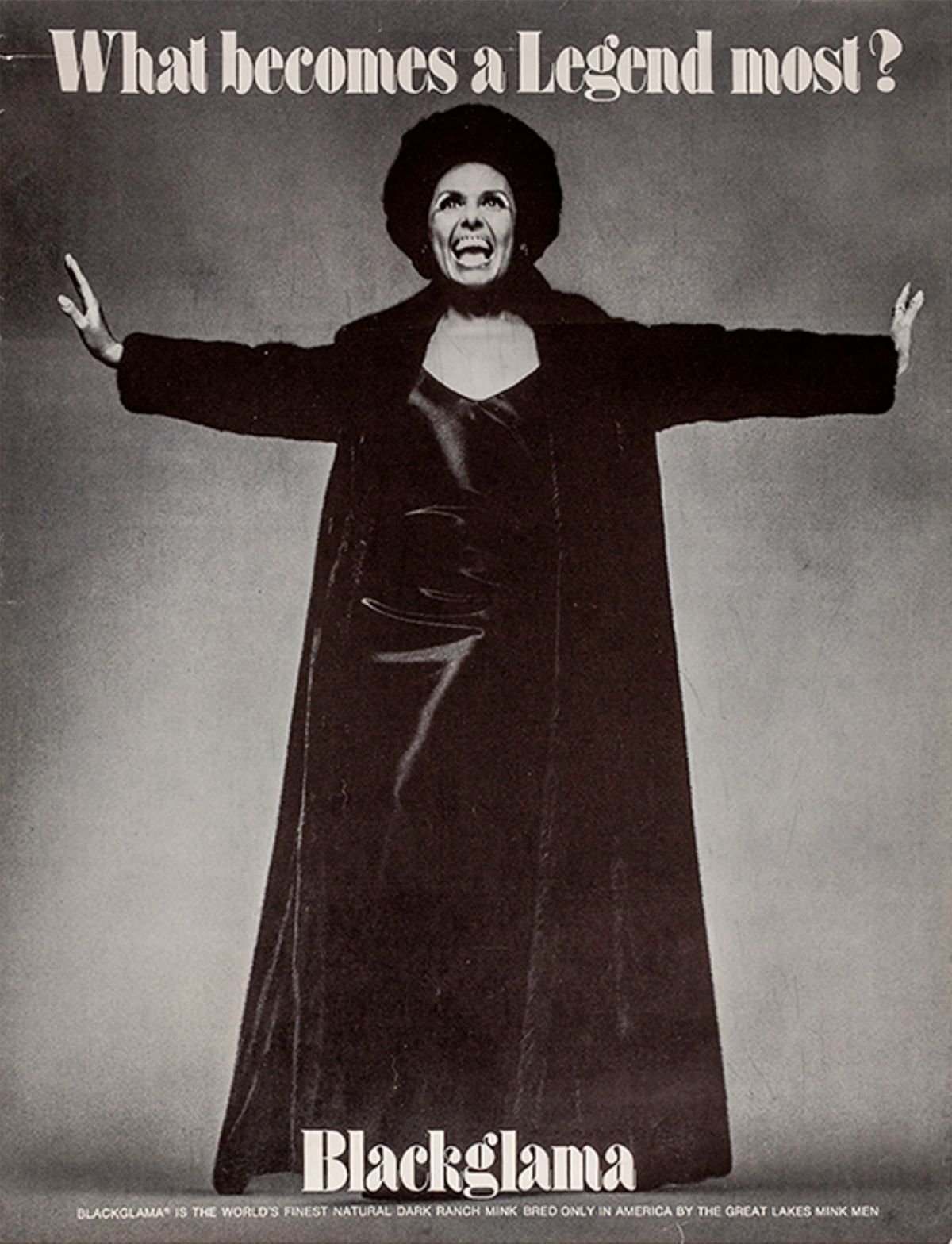
Lena Horne: African American Icon
| African American Movie Memorabilia, African Americana, Black History, Famous Female Vocalists, Famous Hollywood Portrait Photographers, Film & Movie Star Photographs
In honor of Black History Month we celebrate the ”What Becomes A Legend Most” icon, Lena Horne. When Lena Horne was asked to become the image for Blackglama’s 1969 ad campaign poster (see above), she follows in the heels of such female icons as Marlene Dietrich and Joan Crawford; she was the first…

Drag Before RuPaul
The term “Drag” is the shortened version of “Drag Queen” which, in many circles today, is a derogatory description of men who like to dress as women either as a life choice or as a female impersonator.
RuPaul changed “Drag Queen” to “Drag” in 2009, when he became an international celebrity, tu…
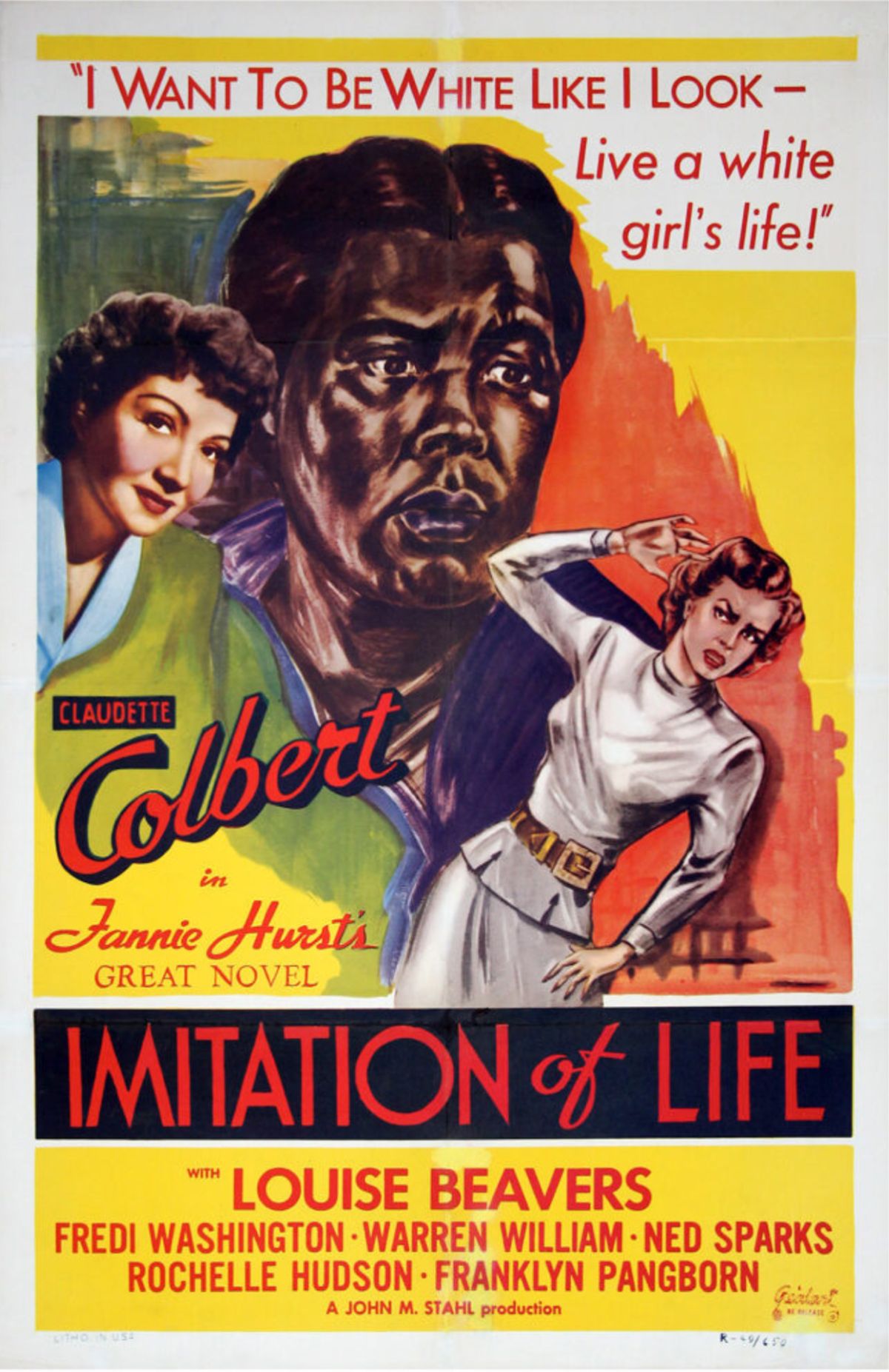
“Passing” Reflected in Three Films
The Netflex film Passing deals with the African American topic that has come to be known as “Passing” when a person classified as a member of a racial group is accepted or perceived (“passes”) as a member of another. Historically, the term has been used primarily in the United…
Recent Posts
Categories
- African American Movie Memorabilia
- African Americana
- Black History
- Celebrating Women’s HistoryI Film
- Celebrity Photographs
- Current Exhibit
- Famous Female Vocalists
- Famous Hollywood Portrait Photographers
- Featured
- Film & Movie Star Photographs
- Film Noir
- Film Scripts
- Hollywood History
- Jazz Singers & Musicians
- LGBTQ Cultural History
- LGBTQ Theater History
- Lobby Cards
- Movie Memorabilia
- Movie Posters
- New York Book Fair
- Pressbooks
- Scene Stills
- Star Power
- Vintage Original Horror Film Photographs
- Vintage Original Movie Scripts & Books
- Vintage Original Publicity Photographs
- Vintage Original Studio Photographs
- WalterFilm
Archives

